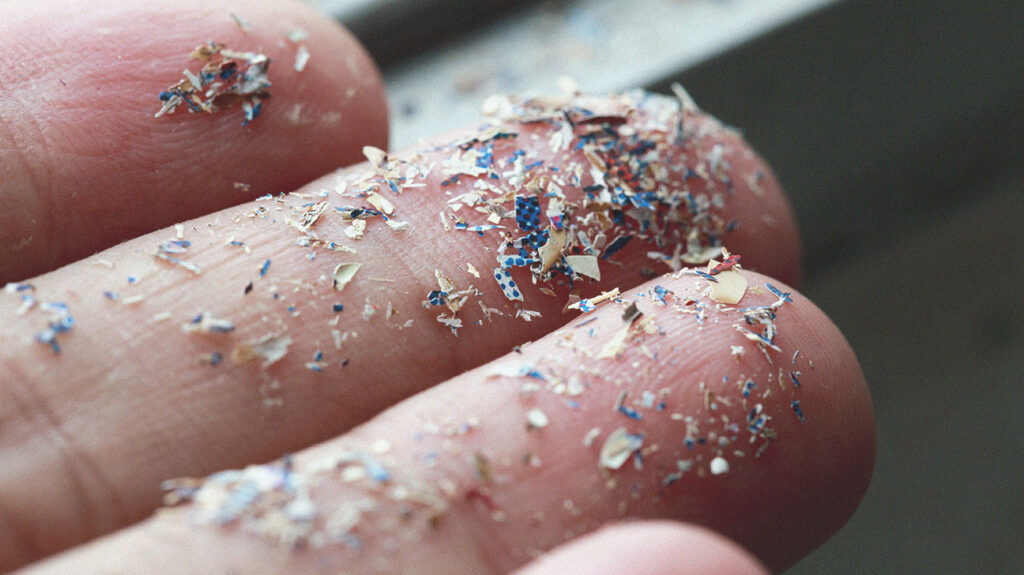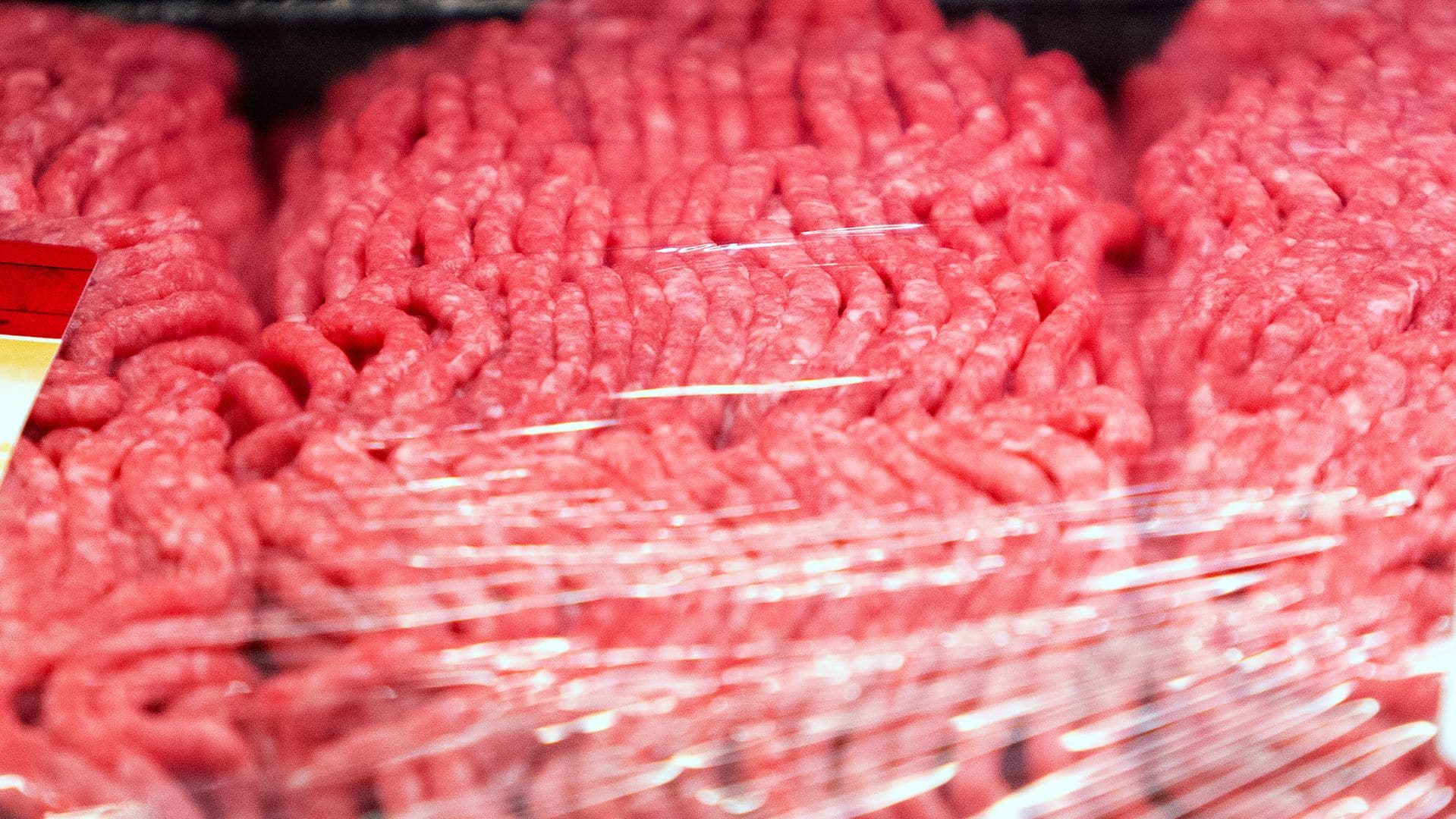
Microplastics found in blood for the first time: What this may mean

- Scientists have been involved about feasible hurt from microplastics for a lot of years.
- In a new research, researchers designed a system of detecting microplastics in human blood.
- The scientists uncovered microparticles of four prevalent plastics in blood samples from 17 out of 22 nutritious grown ups.
- Additional study could figure out irrespective of whether microplastics in the blood will effects well being.
Plastics are just about everywhere. Whilst, in idea, a great deal of it can be recycled, a lot of it finishes up in landfills, or even worse, in watercourses and marine ecosystems.
Numerous folks are also common with distressing visuals of turtles and dolphins trapped in plastic bags or fishing nets. But there is a much less obvious influence — microplastics, small plastic particles formed when plastics split down and during professional products production.
Several studies have found proof of plastics in the human body. Just one revelation came soon after scientists detected plastic additives these kinds of as bisphenol A (BPA) and
In a new study revealed in the journal Ecosystem International, scientists in the Netherlands designed a process of analyzing human blood to detect microplastics. They then applied this technique to evaluate blood from 22 balanced volunteers.
Microplastics are specks of plastic. By definition, they are much less than 5mm in any dimension, but several are invisible to the bare eye. There are two forms of microplastics: main microplastics and secondary microplastics. The previous are the particles utilised in some cosmetics, and the latter comes from the breakdown products of bigger plastic things.
Much problem about microplastics has beforehand focused on their effect on the maritime setting, as they are identified in oceans throughout the world. A lot of maritime organisms, this sort of as fish and shellfish, have been identified
“It’s really possible supplied the prevalence of microplastics in air, drinking water, wildlife, the meals chain, that they will also be entering the human body, but the specialized challenges of measuring microplastic particles in the human physique has designed it challenging to affirm this.”
– Prof. Tamara Galloway, chair in ecotoxicology at the University of Exeter, the U.K.
For this study, the scientists appeared for particles that could be absorbed across membranes in the human physique. They filtered the blood to gather any plastic particles in between 700 nanometers(nm) and 500,000nm. To keep away from any plastic contamination, the scientists made use of glass fiber filters.
The scientists looked for five typical plastics:
The samples from the filters were being processed by double-shot pyrolysis to make chromatograms from which experts could determine the contents.
“Human biomonitoring approaches for measuring plastics additives have been readily available for numerous several years […] But measuring microplastics, specifically at the compact sizing that would likely flow into in blood vessels (Health-related News Nowadays.
“This paper is superior information since it describes a approach that is delicate adequate to do this in blood samples and brings together dimension fractionation and mass measurements,” she added.
Much more than a few-quarters of the blood samples contained a quantifiable mass of plastic particles.
The scientists found PET — which most drinks bottles are produced from — in the blood of far more than 50 percent of those people analyzed. They did not detect PP in any of the samples.
Scientists observed at minimum 3 unique sorts of plastic in some blood samples.
Prof. Galloway was unsurprised by the findings:
“The actuality that just about all people has microplastic in their blood isn’t so stunning when you take into consideration that just about all people has plastics additives in their bodies.”
The scientists advise various techniques the plastics could have entered the bloodstream — via air, food, h2o, particular care goods this kind of as toothpaste and lip gloss, dental polymers, and tattoo ink residues. What transpires to the microplastics once they enter the bloodstream is unclear.
In vitro experiments have demonstrated the results of microplastics on cells. A current study in Germany found that microplastic particles can destabilize lipid membranes — the obstacles that encompass all cells — which may perhaps affect their operating. Yet another study observed that microplastics had numerous effects on cells, together with mobile loss of life.
The latest examine was based mostly on a sample dimensions of only 22 persons, so the authors pressure the require for further exploration:
“It remains to be decided regardless of whether plastic particles are current in the plasma or are carried by distinct mobile sorts.”
Nonetheless, they feel that “[i]t is scientifically plausible that plastic particles might be transported to organs through the bloodstream.”
What impact they could have on organs is, as still, not known.



